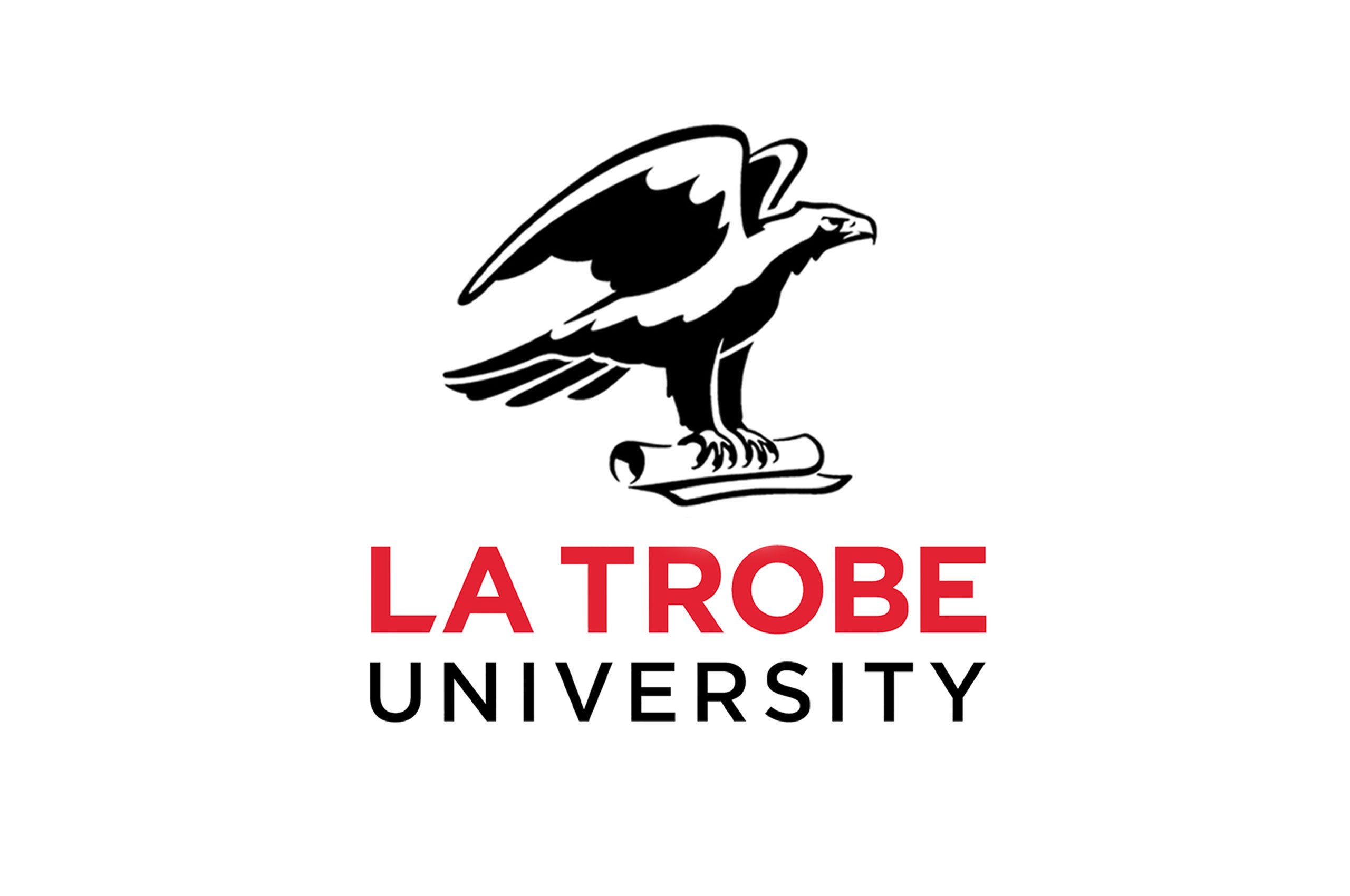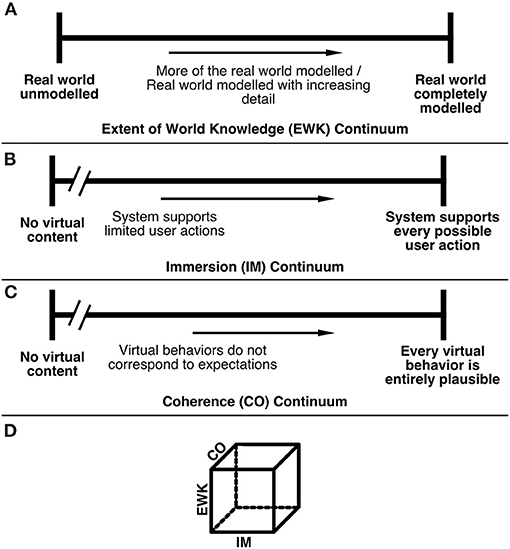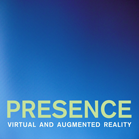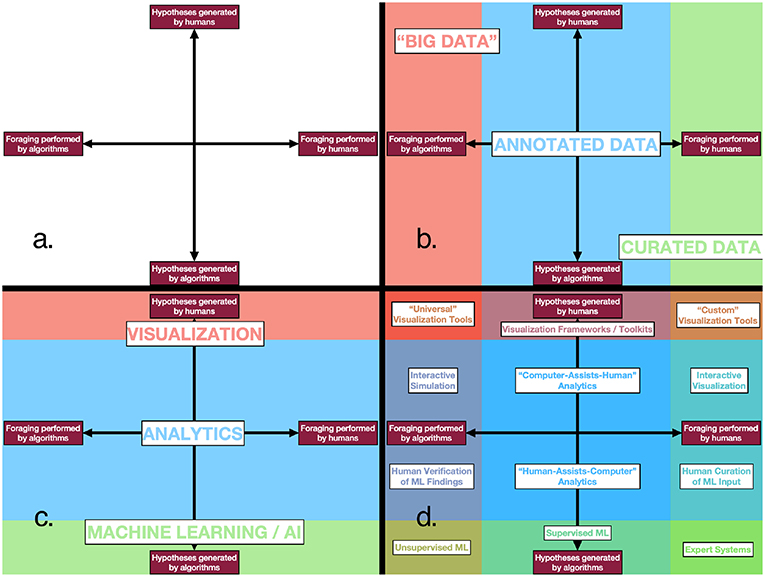
Richard (Rick) Skarbez
Computer Scientist
AR/MR/VR
Human-Computer Interaction
Since 2005, I have been doing research with advanced computing technologies, with a specific focus on virtual reality (VR). These technologies are already changing how we play, work, and live, and I am passionate about making sure that these changes improve our lives.





2018 – 2025
As of 1 January 2025, I am a Senior Lecturer in the Department of Computer Science and Information Technology at La Trobe University in Melbourne, Australia.
2017 – 2018
Before moving to Australia, in 2017-2018, I was a postdoctoral associate in the Virginia Tech Grado Department of Industrial and Systems Engineering, working under the supervision of Prof. Joseph L. Gabbard.
2005 – 2016
Before that, I did my PhD research with the Effective Virtual Environments research group at the University of North Carolina Department of Computer Science. My dissertation, “Plausibility Illusion in Virtual Environments,” was completed under the supervision of Mary C. Whitton and Frederick P. Brooks, Jr. (RIP) It was selected as 2018 VGTC Virtual Reality Best Dissertation Honorable Mention at IEEE VR 2019.
2000 – 2004
Long before that, I earned my BS (Hons) from Penn State in Computer Engineering.
in the last century
Even before that, I was born and raised in Forest City, Pennsylvania, USA.
I also have a beautiful wife, a ragdoll cat, and way too many boardgames.
Bio
Dr Richard (Rick) Skarbez is a computer scientist currently employed as a Senior Lecturer at La Trobe University in Melbourne Australia. His research focuses on understanding the psychological, social, and cultural impacts of emerging technologies, particularly virtual reality (VR) but also augmented and mixed reality (AR/MR), artificial intelligence (AI), and related topics under the umbrella of human-computer interaction (HCI). His research has received several awards and honorable mentions, including the 2018 IEEE VGTC best dissertation award (sole honorable mention) and a best paper award (Top 1%) at ACM CHI 2025. He received his PhD from the University of North Carolina at Chapel Hill in 2016.
Research
My focus as a researcher is on studying the effects of advanced computing technologies, especially mixed reality (MR) – by which I primarily mean virtual reality (VR) and augmented reality (AR) – and artificial intelligence (AI) on users’ perception, cognition, and behaviour. In doing so, I apply a broad interdisciplinary lens: I use methods, and frequently collaborate with experts, from computer science – notably human-computer interaction and computer graphics – as well as other fields – notably psychology, philosophy, and human factors engineering.
Selected Publications
Reliable uncertainty estimation in emotion recognition in conversation using conformal prediction framework
Samad Roohi, Richard Skarbez, Hien Duy Nguyen
It’s time to let go of “virtual reality”
Richard Skarbez, Missie Smith, Mary C Whitton
Revisiting Milgram and Kishino’s reality-virtuality continuum
Richard Skarbez*, Missie Smith*, Mary C Whitton
* shared primary authorship
Immersion and coherence: Research agenda and early results
Richard Skarbez, Frederick P Brooks Jr, Mary C Whitton














